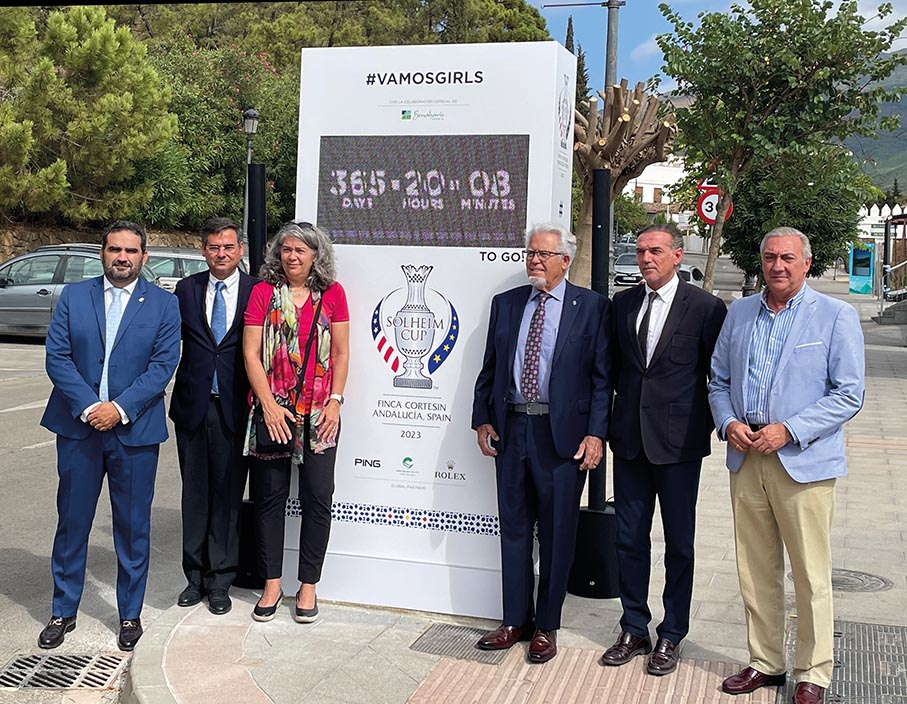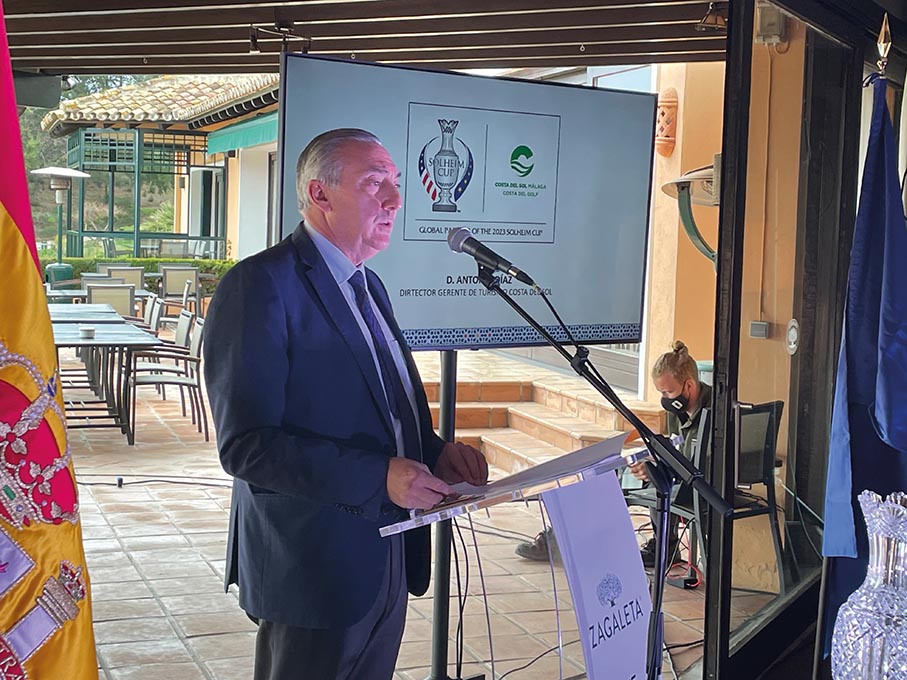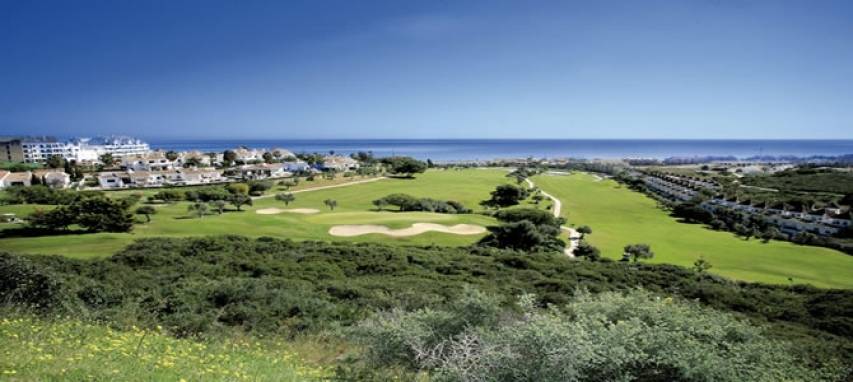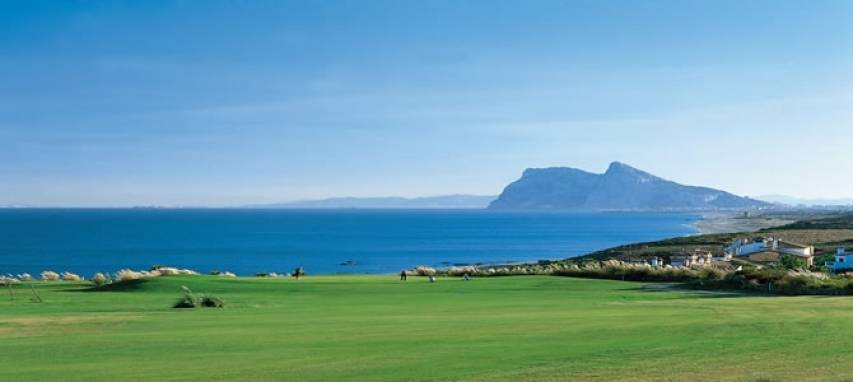"The Solheim Cup will highlight the excellence of the Costa del Sol destination for playing golf"
Turismo y Planificación de la Costa del Sol is a public company operating under the auspices of the Diputación de Málaga (provincial government) whose mission is the sustainable development of the Costa del Sol area from strategic planning, business development and technological implementation of new products to the marketing of these elements as part of the Costa del Sol brand – supporting the private sector and collaborating with public entities. At the head of the company is Antonio Diaz, a tourism professional with an extensive and successful background in the industry. Golf and its impact on tourism is the central theme of this interview…
We start talking about one of the stellar golf events due to be held on the Costa del Sol in 2023, the Solheim Cup, and what it will mean for this tourist destination. "It is the premier event for women's golf, par excellence," he says, "so, on the one hand, it will showcase the potential of the Costa del Sol to organise an event of such major relevance as this, and on the other, it will place our destination on the global centre-stage."

Diaz notes that the area’s commitment to women's golf, both professional and amateur, "is already providing us with significant brand and image projection in markets that are of of special interest to the destination, and which have a high percentage of women golfers, such as Germany, Switzerland, France, United States, Canada and Asia.
"This has been evident at competitions already hosted by the Costa del Sol, including the Andalucía Costa del Sol Open de España, which put the finishing touch to the 2022 Ladies European Tour at Villa Padierna, with coverage that reached more than 60 countries and 300 million households in the United States, United Kingdom and the Nordic countries.
"The Solheim Cup will highlight the excellence of the Costa del Sol destination for playing golf, and for Málaga province it is a matter of real pride to have the infrastructure we have, the natural environment and the professional quality of our clubs. The sum of these ingredients has been decisive in hosting a tournament of the Solheim Cup’s calibre."

Women's golf and women's golf tourism is a segment with great growth potential. How do you think the Solheim Cup will influence this?
The love of golf in the female segment of the population is undergoing continuous growth, also at international level, so this important event represents a magnificent promotional advantage for the Costa del Sol destination, which also has top players such Azahara Muñoz, Ana Peláez and María Parra who were born and learnt the game here. The golf segment in general, and women's golf in particular, has enormous potential for growth, and tournaments such as the Solheim Cup have an undoubted power of attraction to lure more and more fans.
Tourists and visitors rate the Costa del Sol golf destination highly. What factors would you highlight as the most positive and attractive on the Costa del Sol?
Indeed, in the golf segment the Costa del Sol receives very good ratings, as 98.7 per cent of golfers recommend the destination and give us an average score of 9.2 out of 10. These are very positive evaluations from those who visit us to play this sport and who are seeking a destination that offers an extensive range of golf courses, more than 70, which is the largest concentration in continental Europe and why we are known as the Costa del Golf. In addition, here you can enjoy security and an exceptional climate with more than 300 days of sunshine a year, as well as very good value for money, high-level services in restaurants and hotels, exceptional gastronomy and a wide diversity of cultural options.
What can we offer that other destinations cannot?
Here you can find tailor-made options and we work hard to ensure everyone discovers a perfect destination. Undoubtedly, the option of a destination like the Costa del Sol for the golf segment is unbeatable, so much so that, as I mentioned before, we are known as the Costa del Golf. Spread around 16 municipalities, the Costa del Sol has 67 per cent of the total number of golf courses in Andalucía. In fact, Málaga province has the highest number of golf courses in the whole country and is third, after Madrid and Barcelona, for the number of officially-federated golfers. In addition, the Costa del Sol has an excellent support infrastructure, with an enormous wealth of tourist products, which year after year reinforces our leadership position among golfers, both nationally and internationally.
Can you imagine the Costa del Sol without golf?
As I said, there are plenty of reasons for the Costa del Sol to be known as the Costa del Golf, and the prominence of our destination in this segment, much more than just well-consolidated, is indisputable. We have been working for years on the promotion of a segment that brings us great joy, as it makes an optimal contribution to easing the seasonal nature of our destination. Golf also brings clients with high purchasing power who generate wealth, stimulate other complementary segments and spend more than the average visitor, which is precisely what we are interested in. It is something that we are firmly committed to at Costa del Sol Tourism at all levels: to attract quality tourists who also contribute to the sustainability of our destination.

According to all indicators, it seems that pre-pandemic golf occupancy figures have recovered and even been surpassed. What are your forecasts for the immediate future?
According to the latest data available to us, the Costa del Sol has consolidated its leadership and positioning, especially in the domestic market, with increases in the main indicators that, indeed, already exceed 2019’s figures. We are on the road to tourist consolidation and the forecast is that the Costa del Sol destination will be inexorably linked to hosting major competitions, especially the Solheim Cup and tournaments such as the Andalucía Costa del Sol Open de España.
Have you noticed any changes in the outbound markets, and is Brexit affecting our main outbound market?
We continue to work on different initiatives to regain pre-Brexit figures, especially in the main outbound markets, something that is already beginning to be noticed with outstanding increases in tourist arrivals from the Netherlands and the United States, for example. Particularly noteworthy is the Portuguese market, which has experienced a 70 per cent increase, as well as the Nordic countries, with significant increases compared with 2019 figures. So far this year, from January to September, there has been a significant increase in hotel travellers from Belgium, the Netherlands, Denmark, Poland and, again, Portugal, with an increase of almost 44 per cent compared with the same period in 2019.
But we cannot let our guard down and the goal is to regain the figures in all significant markets for the Costa del Sol, such as the German and British markets. From January to September, the Costa del Sol received 14.7 per cent fewer Britons compared with the same period in 2019, although, on the other hand, average expenditure increased (by 15.5 per cent) and stays by the British who visited us, by two per cent. In assessing this data, we cannot overlook aspects such as the impact and effects of Brexit, the depreciation of the pound and inflation. However, we are working to strengthen connectivity with the British market, and in fact, until April, the number of seats on flights from the UK to the Costa del Sol will increase by 22 per cent.

What extra initiatives are planned by the Tourist Board during the key year of the Solheim Cup?
At Costa del Sol Tourism, for years now we have been firmly committed to such a relevant segment as golf, and we work hand in hand with the other institutions. This year our commitment is even stronger, with an increase of more than 88 per cent in the entity’s budget over the last three years to carry out initiatives that link the Costa del Sol with the Solheim Cup. For example, in order to improve our positioning in both the United States and the British markets, we are planning to take part in major fairs in the United States, reach sponsorship agreements with the European Ladies Tour and organise campaigns among American tour operators. Not that we are forgetting traditional initiatives in Europe, such as campaigns with Nordic, German and French operators.
We will also continue our inbound strategy to generate content, and maintain a close relationship with golf courses. In this regard, we are going to work on a big data report so that courses will know the number of clients who come to the destination motivated by the opportunity to play golf.








